Investigating the Association between Algorithmic Thinking and Performance in Environmental Study
Abstract
:1. Introduction
2. Theoretical Framework
2.1. Early Childhood Education
2.2. Computational Thinking
2.3. Algorithmic Thinking
2.4. Environmental Study
2.5. Game-Based Learning
Jigsaw Puzzles
3. Materials and Methods
3.1. Research Context and Sample
3.2. Instruments Used and Data Analysis
3.2.1. Assessing Algorithmic Thinking
3.2.2. Assessing Content Understanding
3.2.3. Validation
4. Results
5. Discussion
5.1. Perspectives
5.2. Limitations and Future Research Directions
6. Conclusions
Author Contributions
Funding
Institutional Review Board Statement
Informed Consent Statement
Data Availability Statement
Conflicts of Interest
References
- Tang, X.; Yin, Y.; Lin, Q.; Hadad, R.; Zhai, X. Assessing computational thinking: A systematic review of empirical studies. Comput. Educ. 2020, 148, 103798. [Google Scholar] [CrossRef]
- Zhang, L.; Nouri, J. A systematic review of learning computational thinking through Scratch in K-9. Comput. Educ. 2019, 141, 103607. [Google Scholar] [CrossRef]
- Cruz, T.L.; Pinto, P.I.M.; Ferreira, A.H.J. Environmental Education as a Tool to Improve Sustainability and Promote Global Health: Lessons from the COVID-19 to Avoid Other Pandemics. In COVID-19: Paving the Way for a More Sustainable World, 1st ed.; Filho, W.L., Ed.; Springer: Cham, Switzerland, 2021; pp. 331–347. [Google Scholar] [CrossRef]
- Wei, X.; Lin, L.; Meng, N.; Tan, W.; Kong, S.C. The effectiveness of partial pair programming on elementary school students’ computational thinking skills and self-efficacy. Comput. Educ. 2021, 160, 104023. [Google Scholar] [CrossRef]
- Glänzel, W.; Schubert, A. A new classification scheme of science fields and subfields designed for scientometric evaluation purposes. Scientometrics 2003, 56, 357–367. [Google Scholar] [CrossRef]
- Next Generation Science Standards. Available online: https://www.nextgenscience.org/ (accessed on 12 June 2022).
- Hutchins, N.M.; Biswas, G.; Maróti, M.; Lédeczi, Á.; Grover, S.; Wolf, R.; Blair, K.P.; Chin, D.; Conlin, L.; Basu, S.; et al. C2STEM: A system for synergistic learning of physics and computational thinking. J. Sci. Educ. Technol. 2020, 29, 83–100. [Google Scholar] [CrossRef]
- Aslan, U.; LaGrassa, N.; Horn, M.; Wilensky, U. Putting the Taxonomy into Practice: Investigating Students’ Learning of Chemistry with Integrated Computational Thinking Activities. In Proceedings of the American Education Research Association (AERA) 2020 Annual Meeting, San Francisco, CA, USA, 17–21 April 2020. [Google Scholar]
- Sung, W.; Ahn, J.; Black, J.B. Introducing computational thinking to young learners: Practicing computational perspectives through embodiment in mathematics education. Technol. Knowl. Learn. 2017, 22, 443–463. [Google Scholar] [CrossRef]
- Ardoin, N.M.; Bowers, A.W. Early childhood environmental education: A systematic review of the research literature. Educ. Res. Rev. 2020, 31, 100353. [Google Scholar] [CrossRef]
- Angeli, C.; Giannakos, M. Computational thinking education: Issues and challenges. Comp. Hum. Behav. 2020, 105, 106185. [Google Scholar] [CrossRef]
- Fagerlund, J.; Häkkinen, P.; Vesisenaho, M.; Viiri, J. Computational thinking in programming with scratch in primary schools: A systematic review. Comput. Appl. Eng. Educ. 2021, 29, 12–28. [Google Scholar] [CrossRef]
- Turchi, T.; Fogli, D.; Malizia, A. Fostering computational thinking through collaborative game-based learning. Multim. Tools Appl. 2019, 78, 13649–13673. [Google Scholar] [CrossRef]
- Tsamados, A.; Aggarwal, N.; Cowls, J.; Morley, J.; Roberts, H.; Taddeo, M.; Floridi, L. The ethics of algorithms: Key problems and solutions. AI Soc. 2021, 37, 215–230. [Google Scholar] [CrossRef]
- Kanaki, K.; Kalogiannakis, M. Assessing Algorithmic Thinking Skills in Relation to Age in Early Childhood STEM Education. Educ. Sci. 2022, 12, 380. [Google Scholar] [CrossRef]
- Kanaki, K.; Kalogiannakis, M. Assessing algorithmic thinking skills in relation to gender in early childhood. Educ. Process Int. J. 2022, 11, 44–59. [Google Scholar] [CrossRef]
- Kanaki, K.; Kalogiannakis, M.; Poulakis, E.; Politis, P. Employing Mobile Technologies to Investigate the Association Between Abstraction Skills and Performance in Environmental Studies in Early Primary School. Int. J. Interact. Mob. Technol. 2022, 16, 241–249. [Google Scholar] [CrossRef]
- Bers, M.U. Coding as a Playground: Programming and Computational Thinking in the Early Childhood Classroom, 2nd ed.; Routledge Publishers: Oxford, UK, 2022. [Google Scholar]
- Silva, E.F.; Dembogurski, B.J.; Semaan, G.S. A Systematic Review of Computational Thinking in Early Ages 2021. arXiv 2021, arXiv:2106.10275. [Google Scholar]
- Rowe, E.; Almeda, M.V.; Asbell-Clarke, J.; Scruggs, R.; Baker, R.; Bardar, E.; Gasca, S. Assessing implicit computational thinking in Zoombinis puzzle gameplay. Comput. Hum. Behav. 2021, 120, 106707. [Google Scholar] [CrossRef]
- Rompapas, D.; Steven, Y.; Chan, J. A Hybrid Approach to Teaching Computational Thinking at a K-1 and K-2 Level. In Proceedings of the CTE-STEM 2021: 5th APSCE International Conference on Computational Thinking and STEM Education 2021, Virtual Conference, Singapore, 2–4 June 2021. [Google Scholar]
- National Association for the Education of Young Children (NAEYC). Available online: https://www.naeyc.org/ (accessed on 22 June 2022).
- Bakken, L.; Brown, N.; Downing, B. Early childhood education: The long-term benefits. J. Res. Child. Educ. 2017, 31, 255–269. [Google Scholar] [CrossRef]
- McCoy, D.C.; Yoshikawa, H.; Ziol-Guest, K.M.; Duncan, G.J.; Schindler, H.S.; Magnuson, K.; Yang, R.; Koepp, A.; Shonkoff, J.P. Impacts of early childhood education on medium-and long-term educational outcomes. Educ. Res. 2017, 46, 474–487. [Google Scholar] [CrossRef]
- Ferreira, M.; Reis-Jorge, J.; Batalha, S. Social and Emotional Learning in Preschool Education-A Qualitative Study with Preschool Teachers. Int. J. Emot. Educ. 2021, 13, 51–66. [Google Scholar]
- Heckman, J.; Pinto, R.; Savelyev, P. Understanding the mechanisms through which an influential early childhood program boosted adult outcomes. Am. Econ. Rev. 2013, 103, 2052–2086. [Google Scholar] [CrossRef]
- Hsu, T.C.; Chang, S.C.; Hung, Y.T. How to learn and how to teach computational thinking: Suggestions based on a review of the literature. Comput. Educ. 2018, 126, 296–310. [Google Scholar] [CrossRef]
- Wing, J.M. Computational thinking. Commun. ACM 2006, 49, 33–35. [Google Scholar] [CrossRef]
- Dolgopolovas, V.; Dagienė, V. Computational thinking: Enhancing STEAM and engineering education, from theory to practice. Comput. Appl. Eng. Educ. 2021, 29, 5–11. [Google Scholar] [CrossRef]
- Wing, J.M. Computational Thinking. In Proceedings of the Presentation Slides from Trippel Helix Conference on Computational Thinking and Digital Competencies in Primary and Secondary Education Stockholm, Stockholm, Sweden, 8 September 2017; Available online: https://pdfs.semanticscholar.org/presentation/d20a/a49744877f2bb98d6ad303742be7bd025fcd.pdf (accessed on 6 July 2022).
- Metsker, O.; Trofimov, E.; Kopanitsa, G. Application of machine learning metrics for dynamic E-justice processes. In Proceedings of the IEEE FRUCT 2021: 28th Conference of Open Innovations Association, Moscow, Russia, 27–29 January 2021; pp. 293–300. [Google Scholar] [CrossRef]
- Rich, K.M.; Spaepen, E.; Strickland, C.; Moran, C. Synergies and differences in mathematical and computational thinking: Implications for integrated instruction. Interact. Learn. Environ. 2019, 28, 1–12. [Google Scholar] [CrossRef]
- Sung, E. Fostering computational thinking in technology and engineering education: An unplugged hands-on engineering design approach. Technol. Eng. Teach. 2019, 78, 8–13. [Google Scholar]
- Grover, S. Assessing algorithmic and computational thinking in K-12: Lessons from a middle school classroom. In Emerging Research, Practice, and Policy on Computational Thinking, 1st ed.; Rich, P.J., Hodges, C.B., Eds.; Springer: Cham, Switzerland, 2017; pp. 269–288. [Google Scholar] [CrossRef]
- Del Olmo-Muñoz, J.; Cózar-Gutiérrez, R.; González-Calero, J.A. Computational thinking through unplugged activities in early years of Primary Education. Comput. Educ. 2020, 150, 103832. [Google Scholar] [CrossRef]
- García-Valcárcel-Muñoz-Repiso, A.; Caballero-González, Y.A. Robotics to develop computational thinking in early Childhood Education. Comunicar. Media Educ. Res. J. 2019, 27, 63–72. [Google Scholar] [CrossRef]
- Chen, G.; Shen, J.; Barth-Cohen, L.; Jiang, S.; Huang, X.; Eltoukhy, M. Assessing elementary students’ computational thinking in everyday reasoning and robotics programming. Comput. Educ. 2017, 109, 162–175. [Google Scholar] [CrossRef]
- Korkmaz, Ö.; Cakir, R.; Özden, M.Y. A validity and reliability study of the computational thinking scales (CTS). Comput. Hum. Behav. 2017, 72, 558–569. [Google Scholar] [CrossRef]
- Poulakis, E.; Politis, P. Computational Thinking Assessment: Literature Review. In Research on E-Learning and ICT in Education, 1st ed.; Tsiatsos, T., Demetriadis, S., Mikropoulos, A., Dagdilelis, V., Eds.; Springer: Cham, Switzerland, 2021; pp. 111–128. [Google Scholar] [CrossRef]
- Román-González, M.; Moreno-León, J.; Robles, G. Combining assessment tools for a comprehensive evaluation of computational thinking interventions. In Computational Thinking Education, 1st ed.; Cong, S.C., Abelson, H., Eds.; Springer: Cham, Switzerland, 2007; pp. 79–98. [Google Scholar] [CrossRef]
- Zhao, L.; Liu, X.; Wang, C.; Su, Y.S. Effect of different mind mapping approaches on primary school students’ computational thinking skills during visual programming learning. Comput. Educ. 2022, 181, 104445. [Google Scholar] [CrossRef]
- Wong, G.K.; Jiang, S. Computational thinking education for children: AT and debugging. In Proceedings of the 2018 IEEE International Conference on Teaching, Assessment, and Learning for Engineering (TALE), Wollongong, NSW, Australia, 4–7 December 2018; pp. 328–334. [Google Scholar] [CrossRef]
- Futschek, G.; Moschitz, J. Developing algorithmic thinking by inventing and playing algorithms. In Proceedings of the 2010 Constructionist Approaches to Creative Learning, Thinking and Education: Lessons for the 21st Century (Constructionism 2010), Paris, France, 16–20 August 2010; pp. 1–10. [Google Scholar]
- Cooper, S.; Dann, W.; Pausch, R. Developing AT with Alice. In Proceedings of the 36th Information Systems Education Conference, Plano, TX, USA, 26–28 March 2020; Volume 17, pp. 506–539. [Google Scholar]
- Easterbrook, S. From computational thinking to systems thinking. In Proceedings of the 2nd International Conference ICT for Sustainability (ICT4S), Stockholm, Sweden, 24–27 August 2014; pp. 235–244. [Google Scholar] [CrossRef]
- Gosal, A.S.; McMahon, J.A.; Bowgen, K.M.; Hoppe, C.H.; Ziv, G. Identifying and Mapping Groups of Protected Area Visitors by Environmental Awareness. Land 2021, 10, 560. [Google Scholar] [CrossRef]
- Rezapouraghdam, H.; Akhshik, A.; Ramkissoon, H. Application of machine learning to predict visitors’ green behavior in marine protected areas: Evidence from Cyprus. J. Sustain. Tour. 2021, 1–25. [Google Scholar] [CrossRef]
- Schleicher, A.; Zimmer, K.; Evans, J.; Clements, N. PISA 2009 Assessment Framework: Key Competencies in Reading, Mathematics and Science, 1st ed.; OECD Publishing: Paris, France, 2009. [Google Scholar]
- Sari, N.P.; Setiawan, M.A.; Makaria, E.C. Can Science Develop Creativity in Early Children? In 2nd Progress in Social Science, Humanities and Education Research Symposium (PSSHERS 2020), West Sumatera, Indonesia, 30–31 October 2020; Advances in Social Science, Education and Humanities Research Series; Atlantis Press: Amsterdam, The Netherlands, 2021; pp. 202–205. [Google Scholar] [CrossRef]
- Lindstrand, A.E.; Hansson, L.; Olsson, R.; Ljung-Djärf, A. Playful learning about light and shadow: A learning study project in early childhood education. Creat. Educ. 2016, 7, 333–348. [Google Scholar] [CrossRef]
- Ravanis, K. The Physical Sciences in Early Childhood Education: Theoretical frameworks, strategies and activities. J. Phys. Conf. Ser. 2021, 1796, 012092. [Google Scholar] [CrossRef]
- Lange, A.; Lodien, L.; Lowe, A. The Worms Are Dancing! Sci. Child. 2019, 56, 40–45. [Google Scholar] [CrossRef]
- McClure, E.R.; Guernsey, L.; Clements, D.H.; Bales, S.N.; Nichols, J.; Kendall-Taylor, N.; Levine, H.L. STEM Starts Early: Grounding Science, Technology, Engineering, and Math Education in Early Childhood; The Joan Ganz Cooney Center at Sesame Workshop: New York, NY, USA, 2017; Available online: https://joanganzcooneycenter.org/wp-content/uploads/2017/01/jgcc_stemstartsearly_final.pdf (accessed on 28 July 2022).
- Nyika, J.M.; Mwema, F.M. Environmental Education and Its Effects on Environmental Sustainability. In Handbook of Research on Environmental Education Strategies for Addressing Climate Change and Sustainability, 1st ed.; Karmaoui, A., Salem, A.B., Anees, M.T., Eds.; IGI Global: Hershey, PA, USA, 2021; pp. 182–199. [Google Scholar] [CrossRef]
- Bulut, A. Raising Awareness of Disaster and Giving Disaster Education to Children in Preschool Education Period. Acta Educ. Gen. 2020, 10, 162–179. [Google Scholar] [CrossRef]
- Quinn, C.E.; Cohen, M. Using COVID-19 to Teach Sustainability Futures Thinking. In COVID-19: Paving the Way for a More Sustainable World, 1st ed.; Filho, W.L., Ed.; Springer: Cham, Switzerland, 2021; pp. 411–426. [Google Scholar] [CrossRef]
- Rosyati, T.; Purwanto, M.R.; Gumelar, G.; Yulianti, R.T.; Mukharrom, T. Effects of Games and How Parents Overcome Addiction to Children. J. Crit. Rev. 2020, 7, 65–67. [Google Scholar]
- Karakoç, B.; Eryılmaz, K.; Özpolat, E.T.; Yıldırım, İ. The effect of game-based learning on student achievement: A meta-analysis study. Technol. Knowl. Learn. 2020, 27, 207–222. [Google Scholar] [CrossRef]
- Santos, P.A. The Past, Present and Future of Serious Games and Gamification in STEM Learning. In Research on Outdoor STEM Education in the digiTal Age (ROSETA) Digital Conference, 16–19 June 2020; WTM: Münster, Germany; pp. 147–154. [CrossRef]
- D’Angour, A. Plato and play: Taking education seriously in ancient Greece. Am. J. Play 2013, 5, 293–307. [Google Scholar]
- Lamrani, R.; Abdelwahed, E.H. Game-based learning and gamification to improve skills in early years education. Comput. Sci. Inf. Syst. 2020, 17, 339–356. [Google Scholar] [CrossRef]
- Chang, K.E.; Wu, L.J.; Weng, S.E.; Sung, Y.T. Embedding game-based problem-solving phase into problem-posing system for mathematics learning. Comp. Educ. 2012, 58, 775–786. [Google Scholar] [CrossRef]
- Lin, S.Y.; Chien, S.Y.; Hsiao, C.L.; Hsia, C.H.; Chao, K.M. Enhancing Computational Thinking Capability of Preschool Children by Game-based Smart Toys. Electron. Commer. Res. Appl. 2020, 44, 101011. [Google Scholar] [CrossRef]
- Gallagher, A.C. Jigsaw puzzles with pieces of unknown orientation. In Proceedings of the 2012 IEEE Conference on Computer Vision and Pattern Recognition, Providence, RI, USA, 16–21 June 2012; pp. 382–389. [Google Scholar]
- Huroyan, V.; Lerman, G.; Wu, H.T. Solving jigsaw puzzles by the graph connection Laplacian. SIAM J. Imaging Sci. 2020, 13, 1717–1753. [Google Scholar] [CrossRef]
- Doherty, M.J.; Wimmer, M.C.; Gollek, C.; Stone, C.; Robinson, E.J. Piecing together the puzzle of pictorial representation: How jigsaw puzzles index metacognitive development. Child. Dev. 2021, 92, 205–221. [Google Scholar] [CrossRef]
- Paikin, G.; Tal, A. Solving multiple square jigsaw puzzles with missing pieces. In Proceedings of the 2015 IEEE Conference on Computer Vision and Pattern Recognition, Boston, MA, USA, 7–12 June 2015; pp. 4832–4839. [Google Scholar] [CrossRef]
- Pomeranz, D.; Shemesh, M.; Ben-Shahar, O. A fully automated greedy square jigsaw puzzle solver. In Proceedings of the 24th IEEE Conference on Computer Vision and Pattern Recognition, CVPR 2011, Colorado Springs, CO, USA, 20–25 June 2011; pp. 9–16. [Google Scholar]
- Zhao, Y.X.; Su, M.C.; Chou, Z.L.; Lee, J. A puzzle solver and its application in speech descrambling. In Proceedings of the 2007 WSEAS International Conference on Computer Engineering and Applications, Gold Coast, Australia, 17–19 January 2007; pp. 171–176. [Google Scholar]
- Krotov, V.A. Quick Introduction to R and RStudio. Technical Report; Murray State University: Murray, KY, USA, 2017; pp. 1–15. [Google Scholar] [CrossRef]
- Hair, J.F.; Hult, G.T.M.; Ringle, C.M.; Sarstedt, M.; Danks, N.P.; Ray, S. Overview of R and RStudio. In Partial Least Squares Structural Equation Modeling (PLS-SEM) Using R, 1st ed.; Springer: Cham, Switzerland, 2021; pp. 31–47. [Google Scholar]
- Cohen, L.; Manion, L.; Morrison, K. Research Methods in Education, 7th ed.; Routledge Publishers: Oxford, UK, 2013. [Google Scholar]
- Cochran, W.G. Sampling Techniques, 3rd ed.; John Wiley & Sons: New York, NY, USA, 2007. [Google Scholar]
- Kanaki, K.; Kalogiannakis, M. Introducing fundamental object-oriented programming concepts in preschool education within the context of physical science courses. Educ. Inf. Technol. 2018, 23, 2673–2698. [Google Scholar] [CrossRef]
- Darejeh, A.; Singh, D. A review on user interface design principles to increase software usability for users with less computer literacy. J. Comput. Sci. 2013, 9, 1443–1450. [Google Scholar] [CrossRef]
- Chongo, S.; Kamisah Osman, K.; Nayan, N.A. Level of Computational Thinking Skills among Secondary Science Student: Variation across Gender and Mathematics Achievement. Sci. Educ. Int. 2020, 31, 159–163. [Google Scholar] [CrossRef]
- Nieto-Márquez, L.N.; Baldominos, A.; Pérez-Nieto, M.Á. Digital Teaching Materials and Their Relationship with the Metacognitive Skills of Students in Primary Education. Educ. Sci. 2020, 10, 113. [Google Scholar] [CrossRef]
- LoBue, V.; Bloom Pickard, M.; Sherman, K.; Axford, C.; DeLoache, J.S. Young children’s interest in live animals. Br. J. Dev. Psychol. 2013, 31, 57–69. [Google Scholar] [CrossRef]
- Greek Ministry of Education. Document of Checking Progress of Primary School Students; Government Gazette 4358/issue B/13-12-2017; Government Printing Department: Athens, Greece, 2017. [Google Scholar]
- Vaz, S.; Falkmer, T.; Passmore, A.E.; Parsons, R.; Andreou, P. The case for using the repeatability coefficient when calculating test–retest reliability. PLoS ONE 2013, 8, e73990. [Google Scholar] [CrossRef]
- Sullivan, G.M. A primer on the validity of assessment instruments. J. Grad Med. Educ. 2011, 3, 119–120. [Google Scholar] [CrossRef]
- Liang, J.; Bi, G.; Zhan, C. Multinomial and ordinal Logistic regression analyses with multi-categorical variables using R. Ann. Transl. Med. 2020, 8, 982. [Google Scholar] [CrossRef]
- Janiesch, C.; Zschech, P.; Heinrich, K. Machine learning and deep learning. Electron. Mark. 2021, 31, 685–695. [Google Scholar] [CrossRef]
- Melis, C.; Wold, P.A.; Bjørgen, K.; Moe, B. Norwegian kindergarten children’s knowledge about the environmental component of sustainable development. Sustainability 2020, 12, 8037. [Google Scholar] [CrossRef]
- Wang, G.; Zhou, X.; Cui, H. Exploring education for sustainable development in a Chinese kindergarten: An action research. ECNU Rev. Educ. 2019, 2, 497–514. [Google Scholar] [CrossRef]
- Alsancak, D. Investigating computational thinking skills based on different variables and determining the predictive variables. Particip. Educ. Res. 2020, 7, 102–114. [Google Scholar] [CrossRef]
- Alyahya, D.M.; Alotaibi, A.M. Computational thinking skills and its impact on TIMSS achievement: An Instructional Design Approach. Issues Trends Learn. Technol. 2019, 7, 3–19. [Google Scholar] [CrossRef]
- Lei, H.; Chiu, M.M.; Li, F.; Wang, X.; Geng, Y.J. Computational thinking and academic achievement: A meta-analysis among students. Child. Youth Serv. Rev. 2020, 118, 105439. [Google Scholar] [CrossRef]
- Stubbs, E.A.; Zimmerman, A.R.; Warner, L.A.; Myers, B.E. Reflecting on a multidisciplinary collaboration to design a general education climate change course. J. Environ. Stud. Sci. 2018, 8, 32–38. [Google Scholar] [CrossRef]
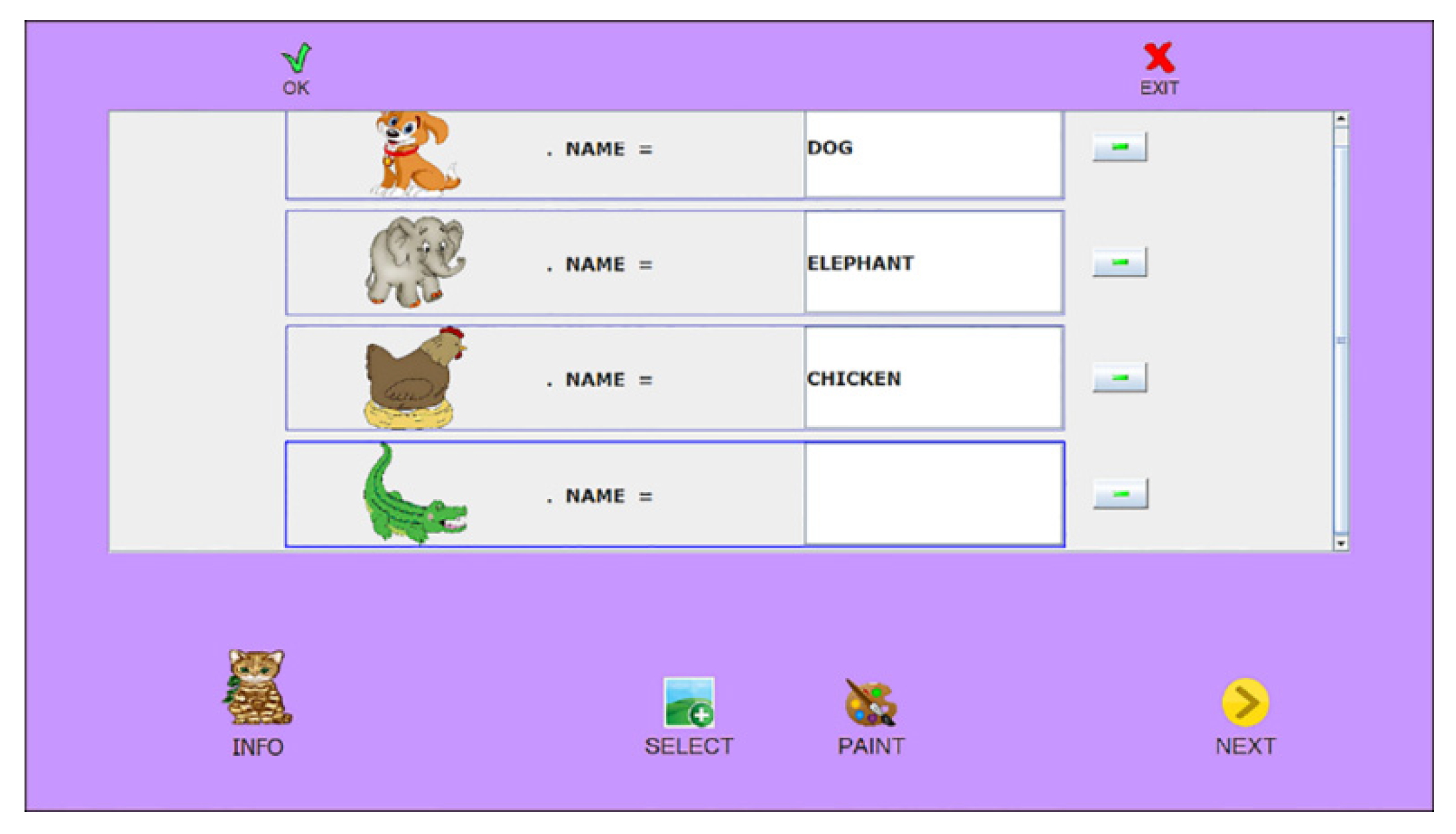
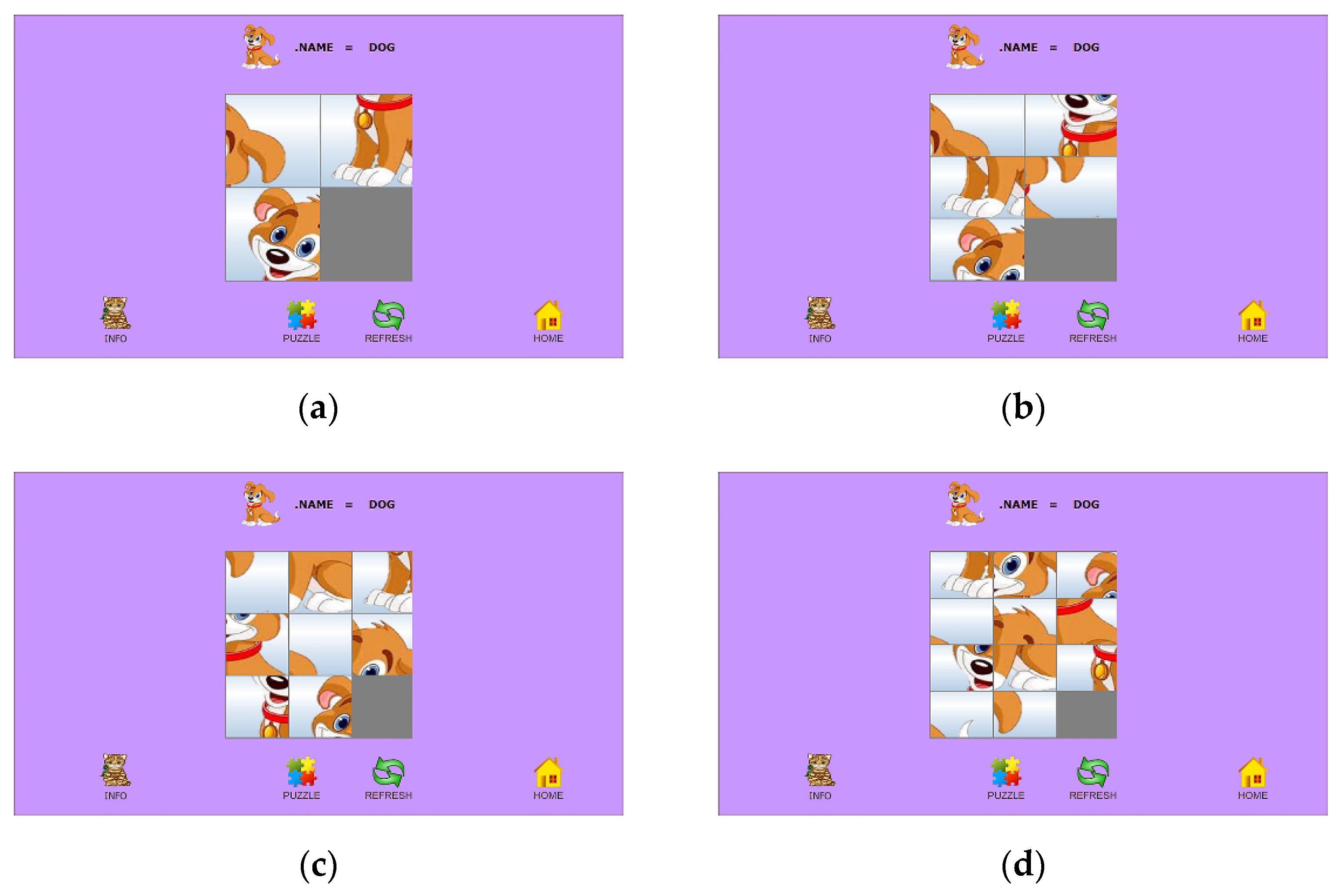
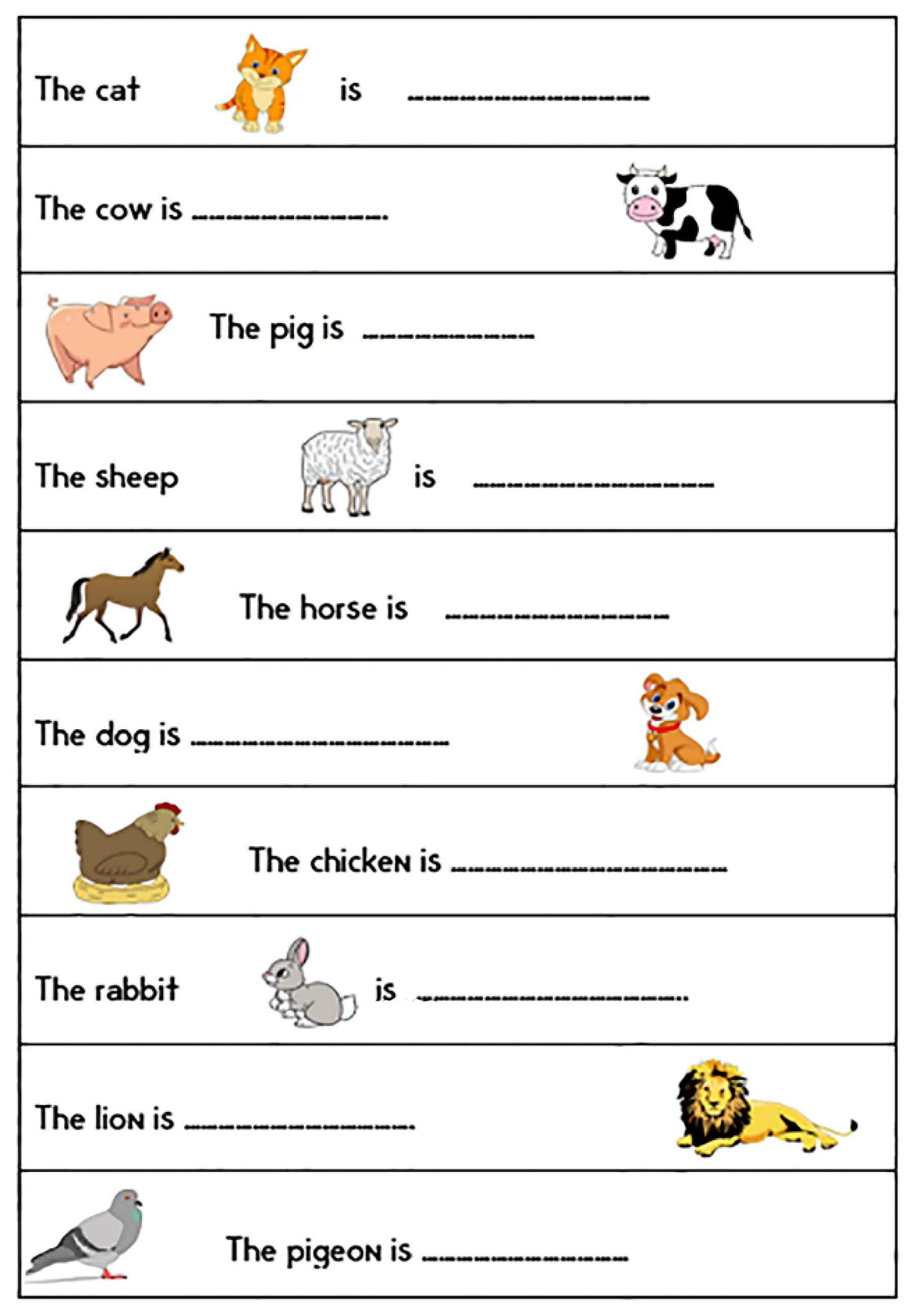
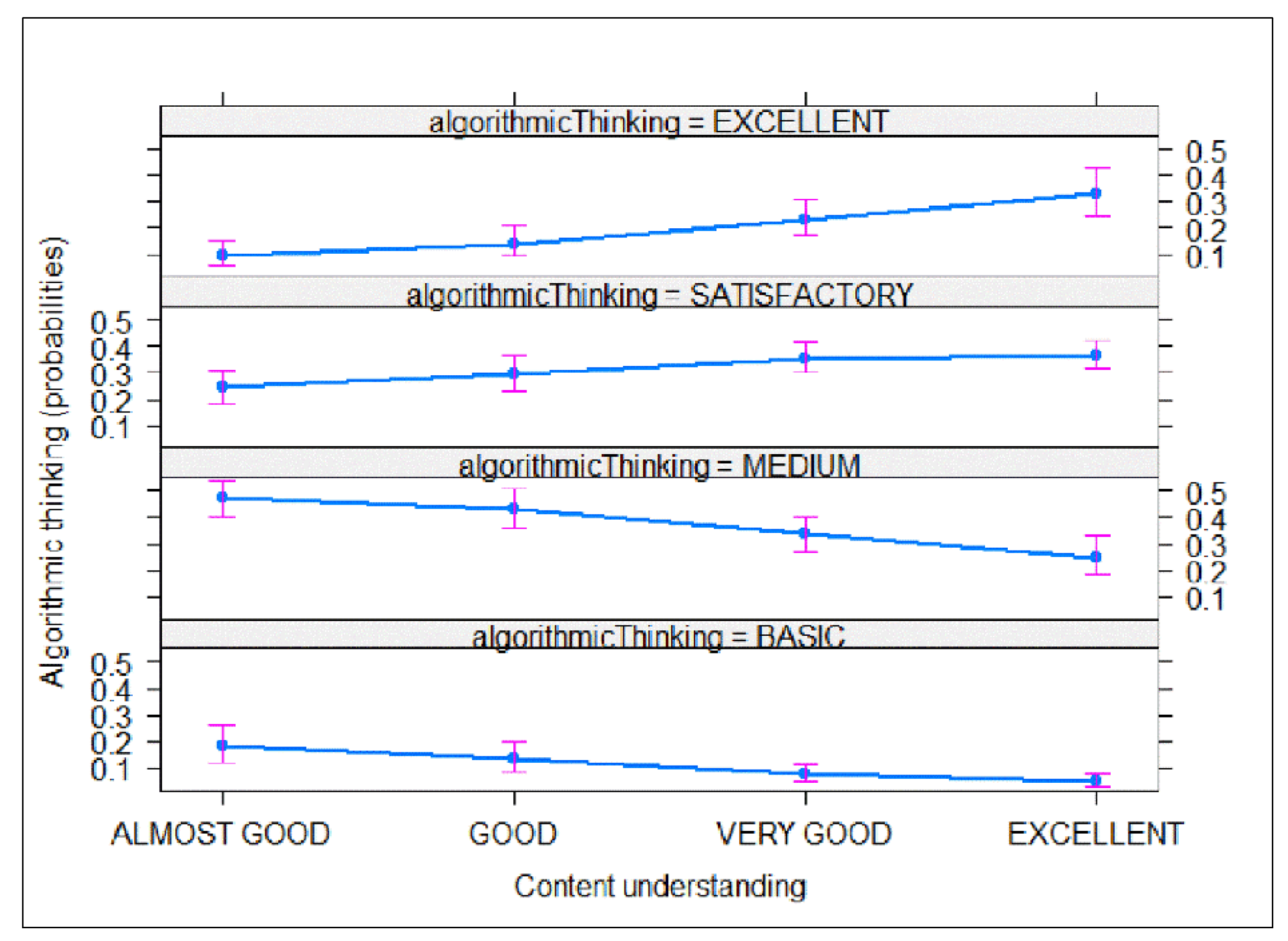
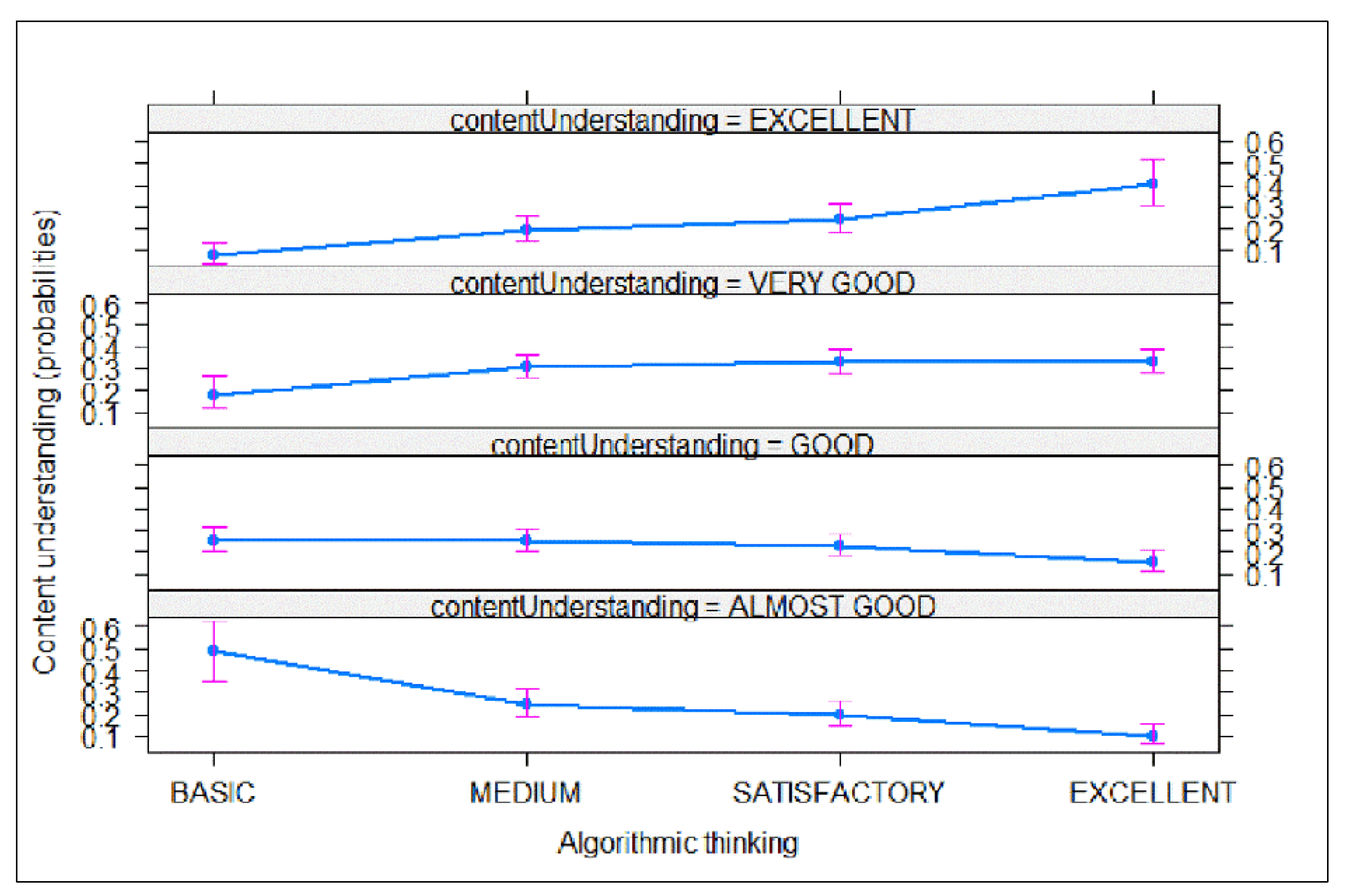
| CU 1 | Excellent | Very Good | Good | Almost Good | Sum | |
|---|---|---|---|---|---|---|
| AT | ||||||
| Excellent | 32 | 26 | 15 | 9 | 82 | |
| Satisfactory | 35 | 52 | 28 | 27 | 142 | |
| Medium | 36 | 45 | 40 | 44 | 165 | |
| Basic | 4 | 7 | 16 | 19 | 46 | |
| Sum | 107 | 130 | 99 | 99 | 435 | |
| CU | Excellent | Very Good | Good | Almost Good | |
|---|---|---|---|---|---|
| AT | |||||
| Excellent | 2.37 | 1.11 | 0.72 | 0.36 | |
| Satisfactory | 1.01 | 1.59 | 0.77 | 0.72 | |
| Medium | 0.78 | 0.82 | 1.15 | 1.42 | |
| Basic | 0.26 | 0.39 | 1.97 | 2.71 | |
| Value | Std Error | t-Value | p-Value | |
|---|---|---|---|---|
| excellentContUnder | 32 | 26 | 15 | 9 |
| basic|excellent | 35 | 52 | 28 | 27 |
| excellent|medium | 36 | 45 | 40 | 44 |
| medium|satisfactory | 4 | 7 | 16 | 19 |
Publisher’s Note: MDPI stays neutral with regard to jurisdictional claims in published maps and institutional affiliations. |
© 2022 by the authors. Licensee MDPI, Basel, Switzerland. This article is an open access article distributed under the terms and conditions of the Creative Commons Attribution (CC BY) license (https://creativecommons.org/licenses/by/4.0/).
Share and Cite
Kanaki, K.; Kalogiannakis, M.; Poulakis, E.; Politis, P. Investigating the Association between Algorithmic Thinking and Performance in Environmental Study. Sustainability 2022, 14, 10672. https://doi.org/10.3390/su141710672
Kanaki K, Kalogiannakis M, Poulakis E, Politis P. Investigating the Association between Algorithmic Thinking and Performance in Environmental Study. Sustainability. 2022; 14(17):10672. https://doi.org/10.3390/su141710672
Chicago/Turabian StyleKanaki, Kalliopi, Michail Kalogiannakis, Emmanouil Poulakis, and Panagiotis Politis. 2022. "Investigating the Association between Algorithmic Thinking and Performance in Environmental Study" Sustainability 14, no. 17: 10672. https://doi.org/10.3390/su141710672
APA StyleKanaki, K., Kalogiannakis, M., Poulakis, E., & Politis, P. (2022). Investigating the Association between Algorithmic Thinking and Performance in Environmental Study. Sustainability, 14(17), 10672. https://doi.org/10.3390/su141710672








